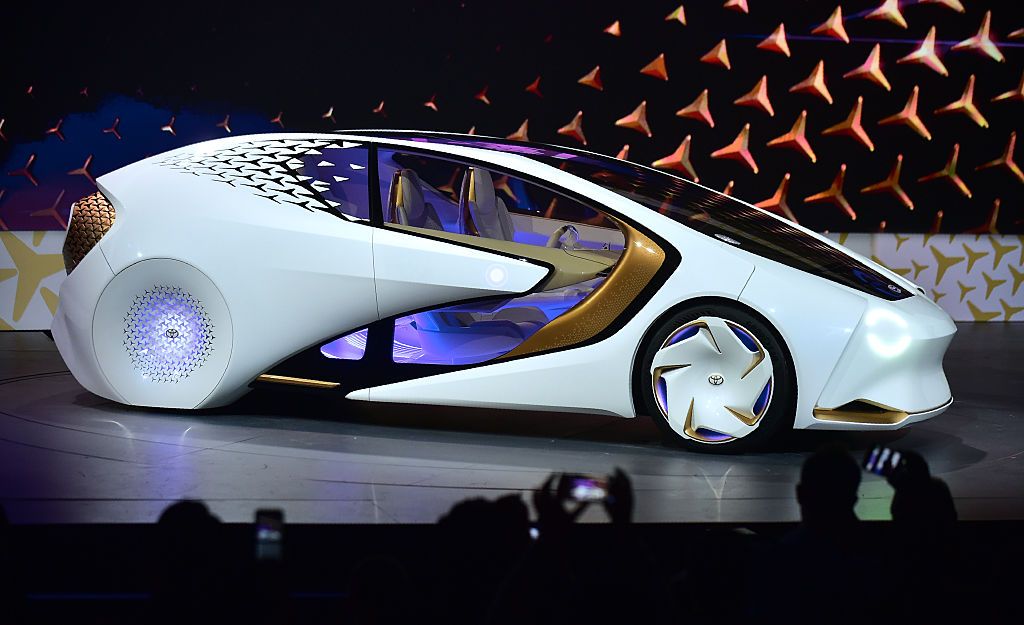During the DaimlerChrysler AG era there were efforts made -- some strong, others not -- to share parts and engineering design between the German and American components of the organization. An example of a Chrysler model with a great deal of German roots is the Crossfire, offered model years 2004-2008.
As the link mentions, it was essentially a Mercedes-Benz sports car with a body designed by Chrysler stylists and built by Karmann in Osnabrück.
Sales amounted to about 76,000, of which 61,000 were during its first two years in the market. The first year, the Crossfire was offered in coupé form, and a cabriolet (marketed as "Roadster") was added for 2005.
Its styling theme might in part be classified as a 21st century take on the feeling of 1930s German industrial design. Here I'm thinking of its fastback profile and the inverse ribbing on the hood. Certainly not as 1930s Germany as the original Audi TT, however. But the most striking feature was the tapering effects on the sides.
From the license plate, it's likely that this photo and the following one were taken in or near Karmann's Osnabrück facility. The unusual side sculpting is more clear when viewed in person, but here is what is happening. The rear fender is wide, but its side panel extension tapers inward going forward across the door and approaching the air outlet abaft of the front wheel opening. The upper part of the front fender extends across the door, also tapering inwards to blend into the C-pillar zone. That is, the are two inwards tapers, but in opposite directions, hence "crossfire."
The tapering as seen from the rear on the same car. I find the concept fascinating. Note the "dead zone" towards the forward edge of the door where the tapers converge and briefly disappear.
A side view where the convergence area is clearly shown. There is no convergence in the lower side panel, as the fore-to-aft taper is at the top of the fender only. All we find here is the aft-to-fore taper just above the cut line at the bottom of the door.
Looking down on a Crossfire with a Bremen license plate. This shows more clearly how the upper part of the front fender tapers aft to blend with the fastback.
The Roadster model that appeared for the 2005 model year.
Rear view of the Roadster. No fastback, of course, but the part of the trunk lid immediately above the license plate indentation includes the the same brand symbolism.
During the DaimlerChrysler AG era there were efforts made -- some strong, others not -- to share parts and engineering design between the German and American components of the organization. An example of a Chrysler model with a great deal of German roots is the Crossfire, offered model years 2004-2008.
As the link mentions, it was essentially a Mercedes-Benz sports car with a body designed by Chrysler stylists and built by Karmann in Osnabrück.
Sales amounted to about 76,000, of which 61,000 were during its first two years in the market. The first year, the Crossfire was offered in coupé form, and a cabriolet (marketed as "Roadster") was added for 2005.
Its styling theme might in part be classified as a 21st century take on the feeling of 1930s German industrial design. Here I'm thinking of its fastback profile and the inverse ribbing on the hood. Certainly not as 1930s Germany as the original Audi TT, however. But the most striking feature was the tapering effects on the sides.
From the license plate, it's likely that this photo and the following one were taken in or near Karmann's Osnabrück facility. The unusual side sculpting is more clear when viewed in person, but here is what is happening. The rear fender is wide, but its side panel extension tapers inward going forward across the door and approaching the air outlet abaft of the front wheel opening. The upper part of the front fender extends across the door, also tapering inwards to blend into the C-pillar zone. That is, the are two inwards tapers, but in opposite directions, hence "crossfire."
The tapering as seen from the rear on the same car. I find the concept fascinating. Note the "dead zone" towards the forward edge of the door where the tapers converge and briefly disappear.
A side view where the convergence area is clearly shown. There is no convergence in the lower side panel, as the fore-to-aft taper is at the top of the fender only. All we find here is the aft-to-fore taper just above the cut line at the bottom of the door.
Looking down on a Crossfire with a Bremen license plate. This shows more clearly how the upper part of the front fender tapers aft to blend with the fastback.
The Roadster model that appeared for the 2005 model year.
Rear view of the Roadster. No fastback, of course, but the part of the trunk lid immediately above the license plate indentation includes the the same brand symbolism.


















EmoticonEmoticon